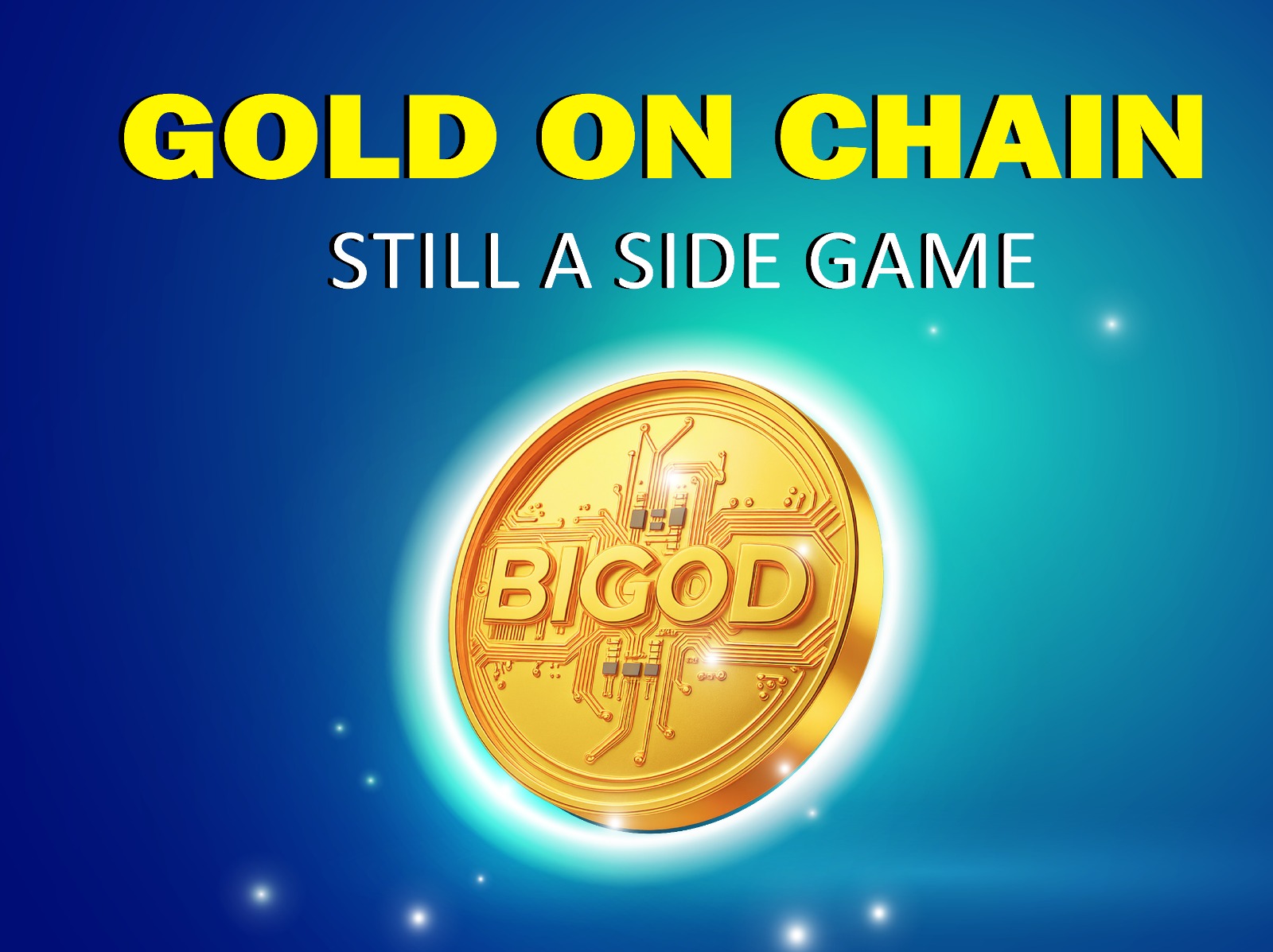Why Gold-Backed Tokens Remain a Side Bet for Investors


Gold has always been the ultimate “safe haven” for investors. For centuries, it has represented wealth, stability, and security. With the rise of blockchain technology, gold found a new digital avatar — gold-backed tokens. These tokens are designed to merge the stability of physical gold with the convenience of cryptocurrency. On paper, it sounds like the perfect marriage.
Yet, despite the hype, gold-backed tokens still remain a side bet for most investors. Why? Let’s explore the reasons.
Unlike Bitcoin or Ethereum, gold-backed tokens don’t enjoy the same brand recognition. Even though they are pegged to real-world assets, most retail investors still don’t fully understand how they work. Many prefer sticking to traditional gold ETFs or physical gold rather than exploring tokenized alternatives.
The biggest challenge lies in regulation. Governments across the globe are still figuring out how to treat cryptocurrencies. While physical gold is universally accepted, tokenized gold sits in a gray area. This uncertainty makes institutional investors hesitant to dive in.
Yes, gold-backed tokens promise instant trading, but in reality, liquidity is still limited compared to mainstream cryptos or stock markets. An investor may own a gold token, but converting it back to cash (or even physical gold) isn’t always seamless.
The whole idea of a gold-backed token rests on trust: is there really physical gold backing the digital asset? While reputed issuers provide audits and transparency reports, not every project maintains the same credibility. For cautious investors, this lack of uniform standards raises red flags.
Gold ETFs, sovereign gold bonds, and physical gold already serve the same purpose of wealth preservation — and they come with established trust and regulations. For many investors, these are easier, safer, and more familiar choices than experimenting with digital tokens.
Despite these limitations, gold-backed tokens aren’t without merit. They allow:
For tech-savvy investors who want both stability and digital innovation, these tokens are an interesting diversification tool.
Gold-backed tokens may sound like the best of both worlds, but for now, they remain a side bet rather than a mainstream investment. Until regulations, liquidity, and trust issues are ironed out, they will attract only a niche segment of investors.
The future, however, holds promise. As blockchain adoption grows and transparency improves, gold-backed tokens could eventually step out of the shadows and take a bigger place in the investment spotlight.